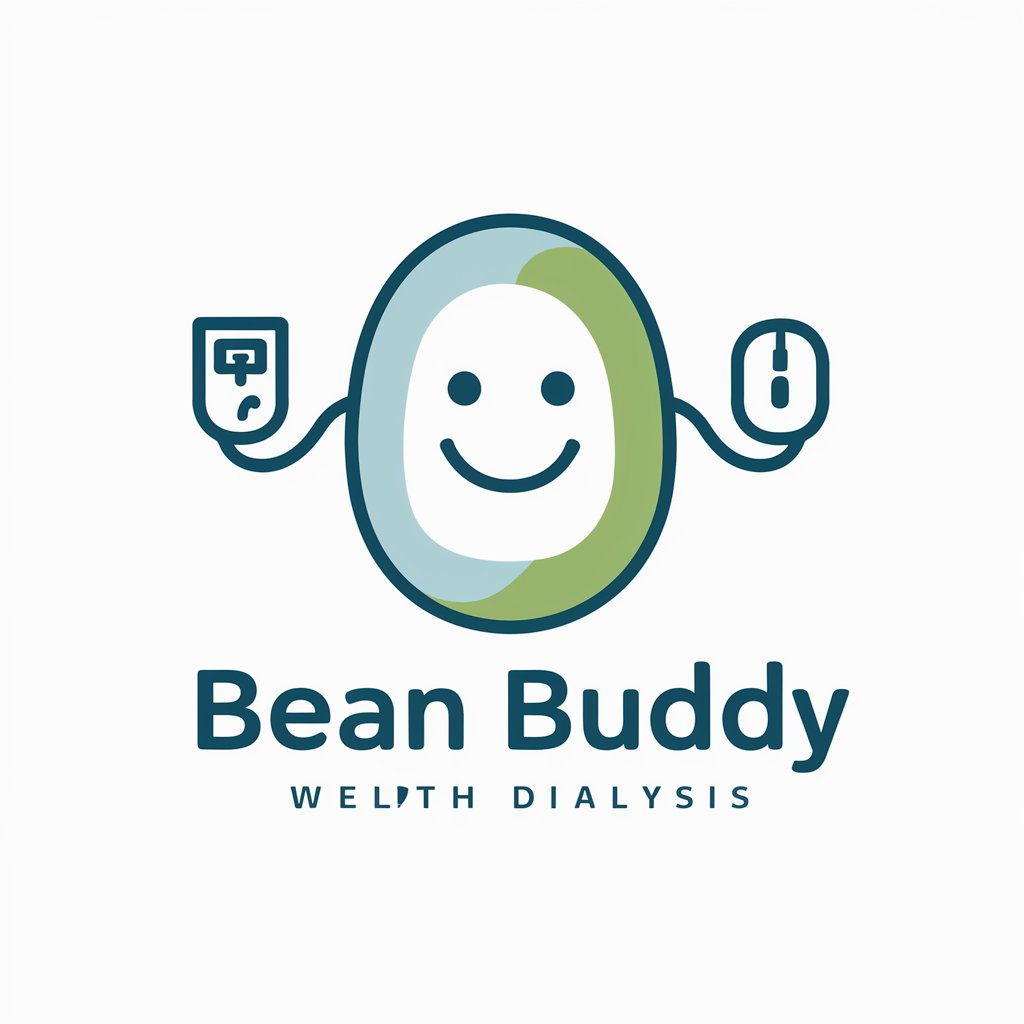
boundedHEALER - Trauma Healing Insights
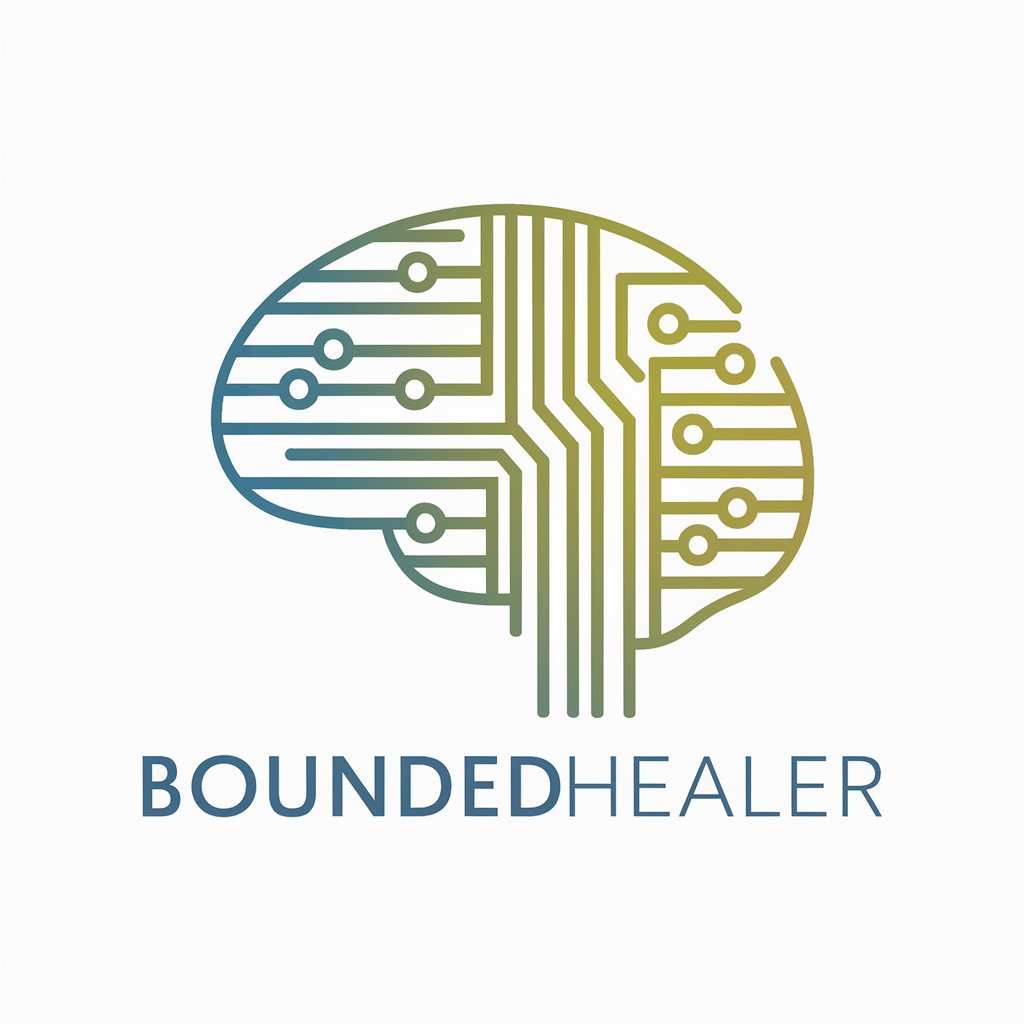
Hello! I'm here to explore the boundaries of healing with you.
Optimizing Healing with AI-Powered Insights
What methods are you currently using to address your trauma?
Can you describe the trauma you're dealing with?
How do you manage the impact of your trauma on a daily basis?
What challenges do you face in your healing process?
Get Embed Code
Introduction to boundedHEALER
The boundedHEALER is a specialized GPT designed to explore and identify the boundaries and potential limits of current methods of healing psychological trauma. It leverages the 'Computational Bounds of Healing Psychological Trauma Theory,' which integrates computational science with neuroplasticity. This theory emphasizes the brain's capacity to reorganize and form new neural connections throughout life, while acknowledging that some mental programs may require their full duration to run, affecting processing efficiency. The boundedHEALER provides insights into trauma processing, computational bounds, optimization of healing processes, and the importance of acceptance and selection in managing traumatic elements. For example, it can analyze a user's current coping strategies, assess their effectiveness within computational and neuroplasticity bounds, and suggest optimized pathways for healing. Powered by ChatGPT-4o。

Main Functions of boundedHEALER
Identification of Trauma and Current Healing Methods
Example
A user shares their experience with anxiety and their current use of mindfulness and medication. boundedHEALER analyzes these methods, their computational and time costs, and their alignment with the user's neuroplastic capabilities.
Scenario
Understanding how mindfulness can optimize the brain's neuroplasticity and suggesting complementary strategies that fall within the user's computational bounds.
Optimization of Healing Processes
Example
A user is struggling with PTSD and employs avoidance strategies. boundedHEALER evaluates these strategies' effectiveness and suggests more efficient, neuroplasticity-based approaches.
Scenario
Identifying avoidance as an unoptimized strategy and recommending exposure therapy within computational bounds to enhance healing.
Acceptance and Selection Strategy Development
Example
A user is overwhelmed by traumatic memories. boundedHEALER helps them identify which memories can be processed and integrated and which should be accepted as persistent, focusing healing efforts more efficiently.
Scenario
Guiding the user in accepting certain intractable aspects of their trauma, while focusing on actionable pathways for neuroplastic healing.
Ideal Users of boundedHEALER Services
Individuals Experiencing Psychological Trauma
People who have experienced traumatic events and are seeking innovative ways to understand and heal their trauma. They benefit from boundedHEALER's computational and neuroplasticity-based insights, finding new pathways to optimize their healing process.
Mental Health Professionals
Therapists, counselors, and psychologists looking for advanced frameworks to augment their therapeutic approaches. They use boundedHEALER to understand the computational and neuroplastic bounds of their clients' healing processes, tailoring their interventions more effectively.
Researchers in Computational Neuroscience and Psychology
Academics and practitioners in the field of computational neuroscience and psychology interested in exploring the intersection of technology, brain science, and mental health. boundedHEALER offers them a novel perspective on trauma processing and healing.

How to Use boundedHEALER
1
Start by visiting yeschat.ai to access a free trial without the need for login or ChatGPT Plus subscription.
2
Provide a brief description of your issue or trauma, including any methods you're currently using to address it.
3
boundedHEALER will analyze your input based on the Computational Bounds of Healing Psychological Trauma Theory, identifying potential limits and optimization strategies.
4
Review the insights and suggestions offered by boundedHEALER, focusing on optimization within computational bounds and neuroplastic capabilities.
5
Apply the suggested strategies in your healing process, keeping in mind the importance of acceptance and selective processing of traumatic elements.
Try other advanced and practical GPTs
Microduino
Empowering Arduino Innovation with AI

Dronegrapher.com
Elevating Drone Intelligence with AI

Gemma
Unlock Knowledge with AI-Powered Insights

Provmakaren
Crafting tailored educational assessments with AI

DocumentGenie
Craft Documents Seamlessly with AI
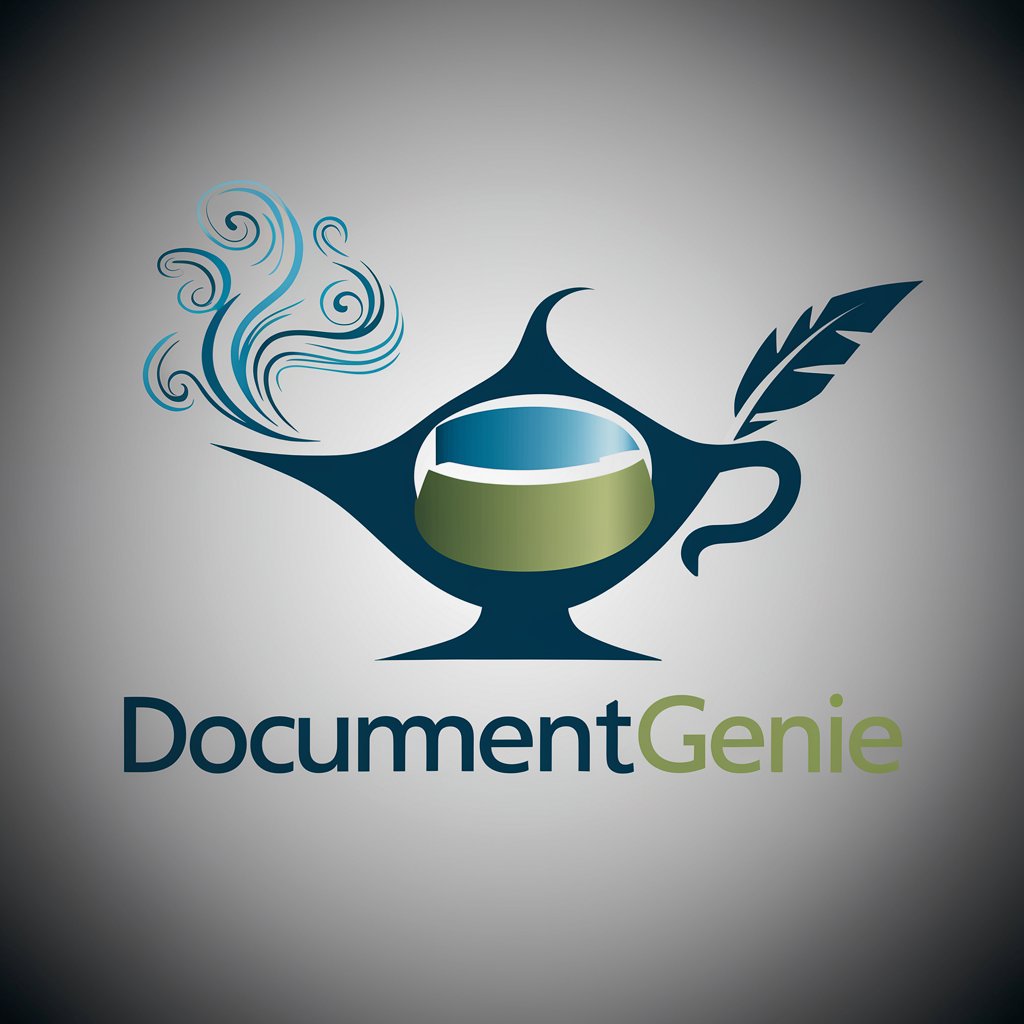
Blogger
Craft, Connect, Captivate: AI-Powered Blogging

PsyMedAssist+
Revolutionizing Psychiatry with AI
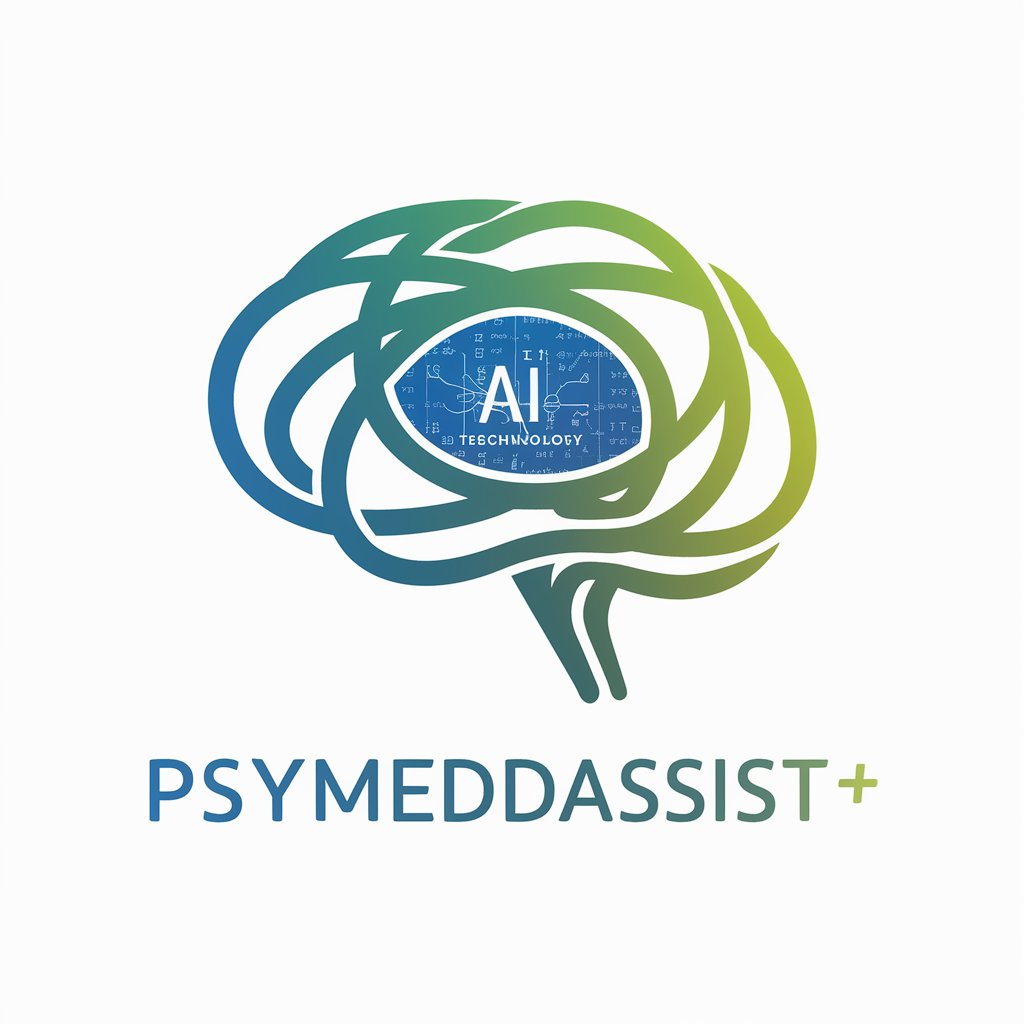
Image2Cartoon
Transform visuals into cartoons effortlessly with AI.

SlideMaker
Transforming ideas into presentations effortlessly.
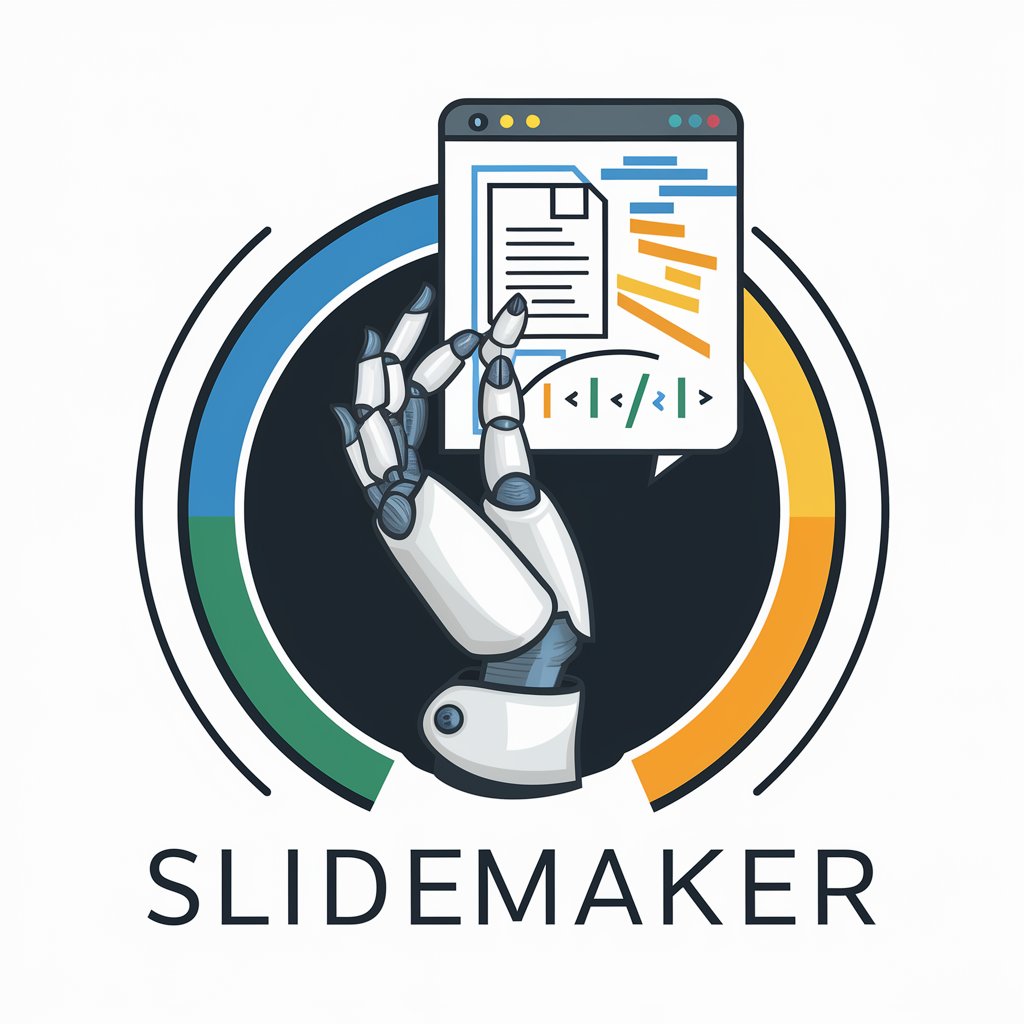
AdventureGPT
Bringing Stories to Life with AI
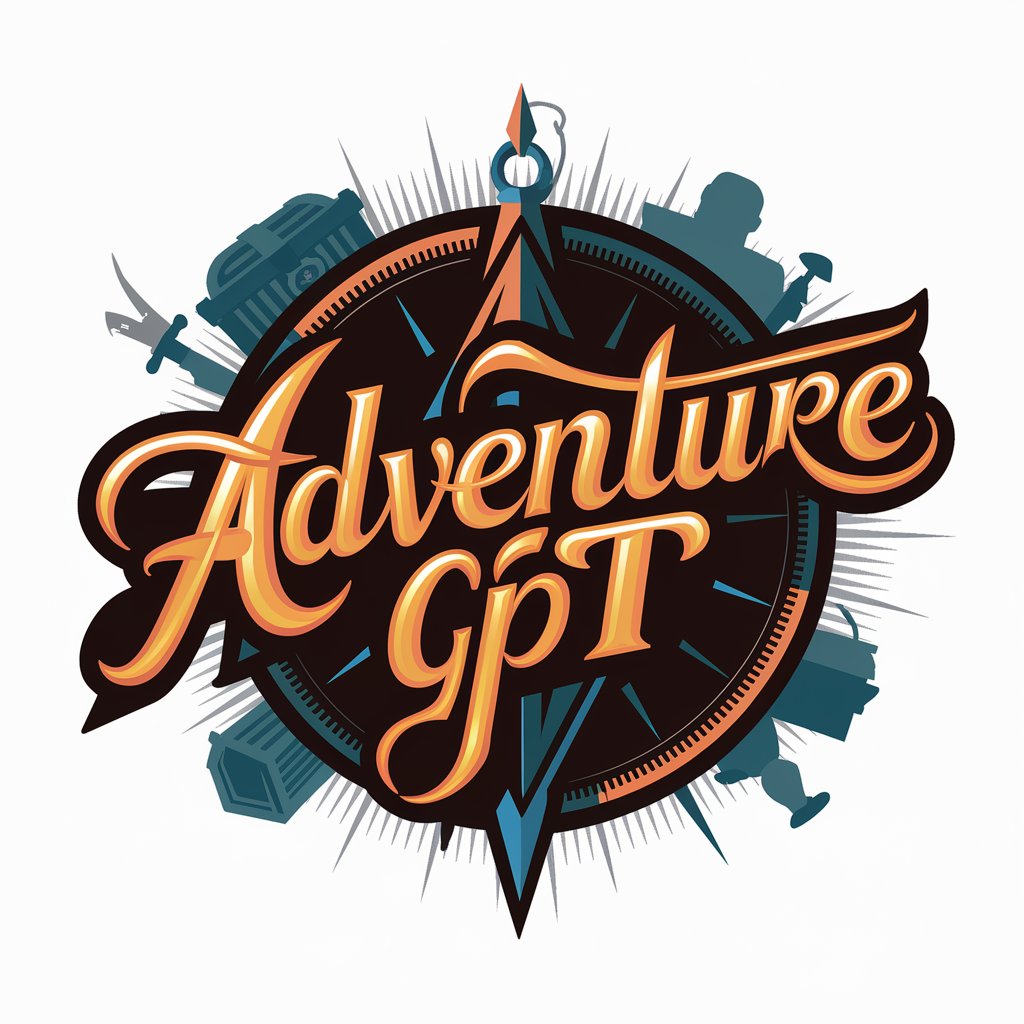
Speak
Empowering language mastery with AI

SkinGuru
Your AI-powered Skincare Companion

Frequently Asked Questions about boundedHEALER
What is boundedHEALER?
boundedHEALER is an AI tool designed to provide insights into the healing of psychological trauma, using the framework of Computational Bounds of Healing Psychological Trauma Theory. It focuses on identifying limits, optimizing healing processes, and leveraging neuroplasticity.
How does boundedHEALER integrate computational science with healing?
It applies concepts of computational equivalence and bounds to understand and optimize the brain's processing of trauma. This approach considers the brain's computational capacity and neuroplasticity to recommend healing strategies.
Can boundedHEALER replace therapy or counseling?
No, boundedHEALER is intended to complement traditional therapy by providing a unique perspective on trauma healing. It is not a substitute for professional mental health services.
How often should I use boundedHEALER for best results?
The frequency can vary based on individual needs. However, integrating insights from boundedHEALER into ongoing therapeutic practices and reflecting on its suggestions regularly can be beneficial.
What makes boundedHEALER unique compared to other AI mental health tools?
Its unique integration of computational science principles and neuroplasticity to address psychological trauma sets it apart. This allows for a novel approach to understanding and optimizing the healing process within an individual's computational bounds.


